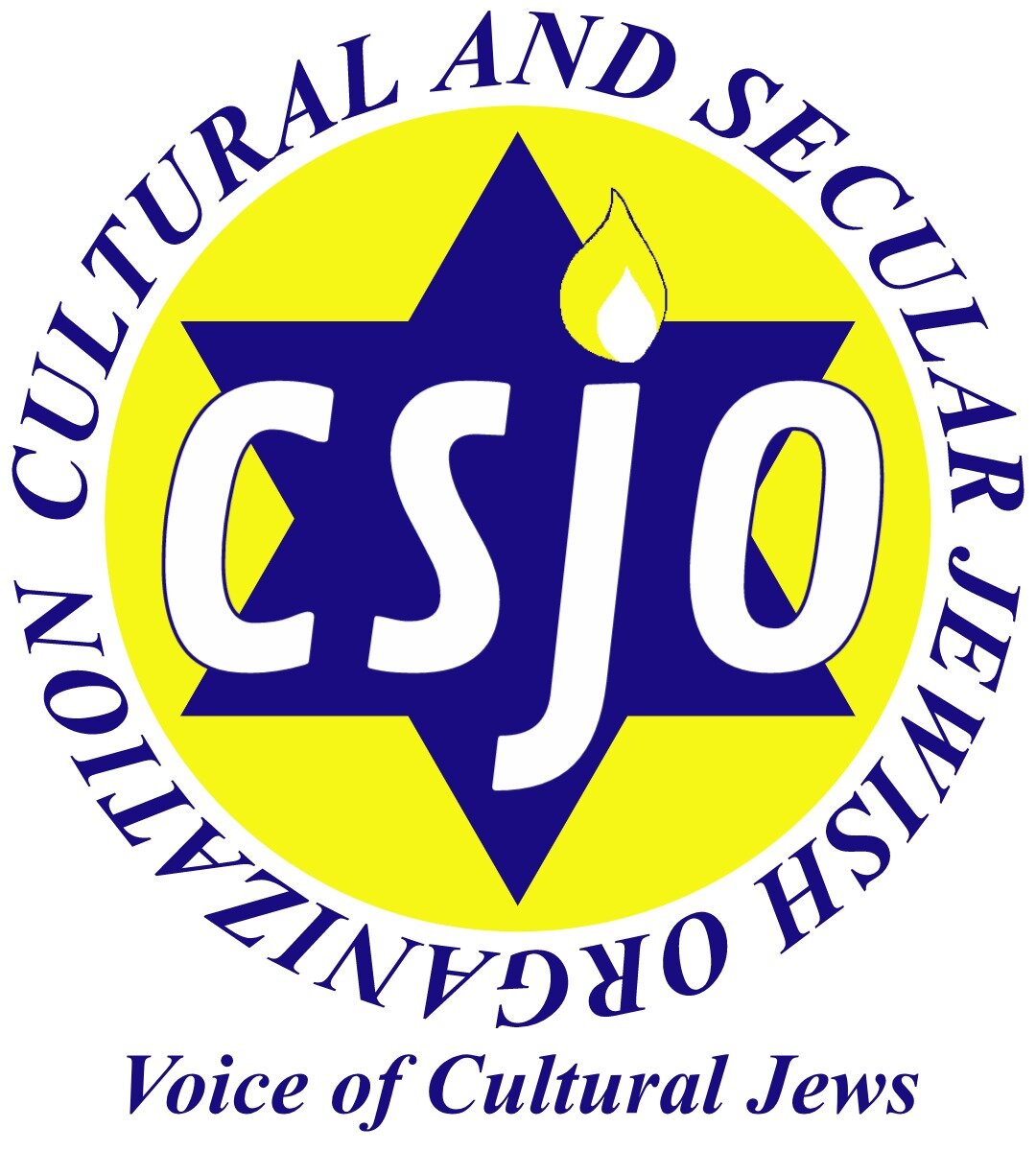The Czernowitz Conference and Its Actors
(Excerpted from an article by Marie Schumacher-Brunhes, Faculty member at the University of Lille, in the newsletter of Liberté de judaisme, Paris, November 2016. Translated and abridged by Larry Schofer.)
To take the measure of the memory of the conference in Czernowitz in 1908, with an assembly of writers, journalists, activists, and ideologues interested in the revival of theYiddish language, a glance into the autobiographical literature suffices: “I was married 2 years after the Czernowitz conference”; “ My eldest daughter was born 3 years after the Czernowitz conference”. Such dating gives the cardinal importance of this event in the eyes of Yiddishists.
The conference took place from August 30 to September 3, 1908, with 70 delegates and 150 guests from Europe and across the Atlantic in the multi-cultural capital of Bukovina, a symbol in itself of the fight of the national minorities for recognition of their rights. Four personalities stand out:
Nathan Birnbaum was elected chairman of the conference. For an entire evening, he defended, in German, the principle of the need of recognizing the Yiddish language in its cultural, national and social aspects. Khaim Zhitlovksi animated the debates – theoretician of Yiddishism and a socialist tied to a secular outlook, he represented the most radical group. The young linguist Mathias Mieses (then just 20 years old) for his part refused to see in Hebrew anything other than a literary language. He presented the first academic linguistic study of Yiddish, supporting quite novel arguments. Y.L.Peretz was the only one among the writers present who wrote in both languages; he participated actively in the debates with enthusiasm and passion.
Yiddishism had the mission of consolidating the dominant position of Yiddish and Yiddish culture at the turn of the nineteenth and twentieth centuries. This involved a nationalist ideology of romantic inspiration such as one encountered everywhere in Central and Eastern Europe at that time. The Yiddishists considered the emergence of Yiddish as the major show of Jewish vitality, the living connection uniting all Jews and permitting them to effectively fight against the perverse effects of the diaspora, of assimilation, and of minority status of the Jews.
The emergence of Yiddish as defended by the Yiddishists, that is as a literary language, was quite recent. It began with the founding in 1862 of the Kol Mevaser, a supplement to a Hebrew language newspaper
While the partisans of assimilation in Poland and Russia encouraged linguistic assimilation, the Hebraicists and Yiddishists on the other hand considered the abandonment of Jewish languages as an attack on the integrity of Jewish identity. The early work of Mendele Mokher Sefarim [the “grandfather “ Yiddish literature - LS] was published in the magazine Kol Hamevaser and helped Yiddish to take root. This occurred in the wake of the first wave of pogroms, which undermine the assimilationist rhetoric.
Nathan Birnbaum (1864-1937) gave programs on Yiddish, and developed a complete theory of “Yiddishism”; he even coined the terms Yiddishism and Yiddishist.
Khaim Zhitlovski (1865-1943) for his part was the theorist of the cultural Jewish Renaissance and Yiddish. He was a theoretician of Jewish socialism, of nationalism and of secular identity, and became the principal representative of Yiddishism in Eastern Europe and in the United States. His Yiddishism took root in his populism and in his opposition to bourgeois Zionism.
Even with these important figures, it was the stature of Peretz [the “father” of Yiddish literature - LS] that dominated the conference. He insisted not only on the recognition of Yiddish, but he proposed to attribute to Hebrew, receptacle of the treasures of the national culture, the status of “national language”, while he reserved for Yiddish the name of “language of the people”, which would become a national language in competition with Hebrew.
The resolutions adopted at Czernowitz, accepted only after long debate, and which Peretz signed with a heavy heart, constituted a compromise solution:
Yiddish was proclaimed “a national language of the Jewish people”, on the same level as Hebrew, without being named exclusively “the national language”, as demanded by representatives of the Bund, by Zhitlovksi, and by several writers.
In addition the delegates voted for a program envisaging the establishment of libraries, public conferences, publications, a system of modern unit schools, Yiddish theater, and a committee on orthography and grammar.
In conclusion, let us recall that the emergence of Yiddish as a major factor in Jewish life resulted from a combination of many factors. The first was the increasingly strong acknowledgment that the language of the Jewish masses of Eastern Europe was no longer a criticized dialect, but a language with national reach and claim to literary status.

